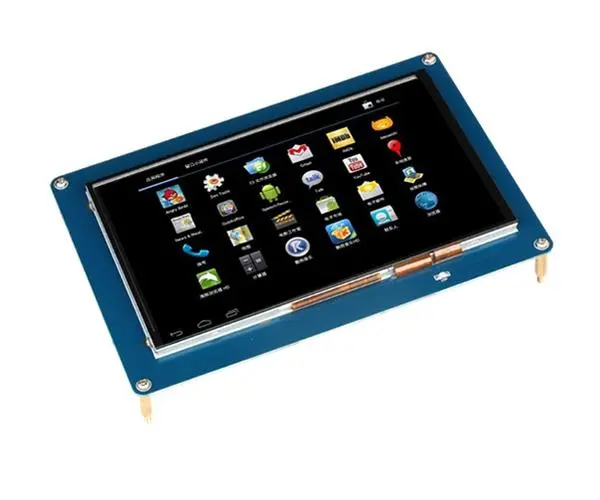Resistive touch screens have long been a reliable and accurate technology for interacting with devices. Despite the rise of capacitive touch screens, resistive screens remain a popular choice in many applications due to their unique benefits. This article explores how resistive touch screens work, their advantages, and their drawbacks.
Introduction
Resistive touchscreens, once the industry standard, are known for their durability and versatility. Understanding the working principle of these screens is crucial before examining their advantages and disadvantages compared to capacitive touch screens.

How Resistive Touchscreens Work
Operating Principle:
Resistive touchscreens function by detecting changes in electrical resistance when a user interacts with the screen using a stylus, finger, or other objects. This is accomplished by layering conductive material, typically indium tin oxide, between two glass or plastic sheets. The conductive material is disrupted when the screen is touched, allowing the device to pinpoint the touch’s location and pressure. This technology has been widely used for decades in applications like industrial control panels and medical devices.
Advantages
Durability and Reliability:
Resistive touch screens are built to endure scratches, drops, and other forms of wear and tear, making them suitable for harsh environments. They are less prone to issues like ghosting and image sticking, providing a reliable and accurate touch interface crucial in many applications.
Versatile Input Methods:
Unlike capacitive screens, which require conductive input (like a finger or special stylus), resistive touch screens can operate with various input methods, including gloves, pens, and any objects. This flexibility makes them ideal for applications where users might need to wear gloves or utilize different input tools.
Disadvantages
Limited Sensitivity and Responsiveness:
One of the primary drawbacks of resistive touch screens is their limited sensitivity. Due to their reliance on resistance changes to detect input, these screens may be slower to respond and struggle with accurately detecting multiple touches simultaneously. This limitation can be problematic for applications requiring fast and precise touch input.
Restricted Viewing Angles:
Another disadvantage is the limited viewing angle. The conductive material layer used in resistive screens can hinder usability when the screen is viewed from different angles, making them less suitable for applications where the screen needs to be viewed from various positions.
Conclusion
Resistive touchscreens offer a blend of durability, versatility, and accuracy but also come with limitations in sensitivity and viewing angle. They remain a solid choice for applications where these limitations are not critical. Understanding these factors helps in making informed decisions about the appropriate touch screen technology for specific needs.
Summary FAQ
Q: What makes resistive touchscreens durable?
A: Resistive touch screens are designed with robust materials to withstand scratches and impacts, making them suitable for harsh environments.
Q: Can resistive touchscreens work with gloves or non-conductive objects?
A: Yes, resistive touch screens can function with various input methods, including gloves, pens, and any non-conductive objects.
Q: Why might resistive touchscreens be less responsive than capacitive ones?
A: They rely on changes in electrical resistance to detect touch, which can slow response times and affect the accuracy of multiple touch detections.
Q: What is a significant limitation of resistive touchscreens?
A: A primary limitation is their restricted viewing angle due to the conductive material layer, which can make them difficult to use when viewed from different angles.
